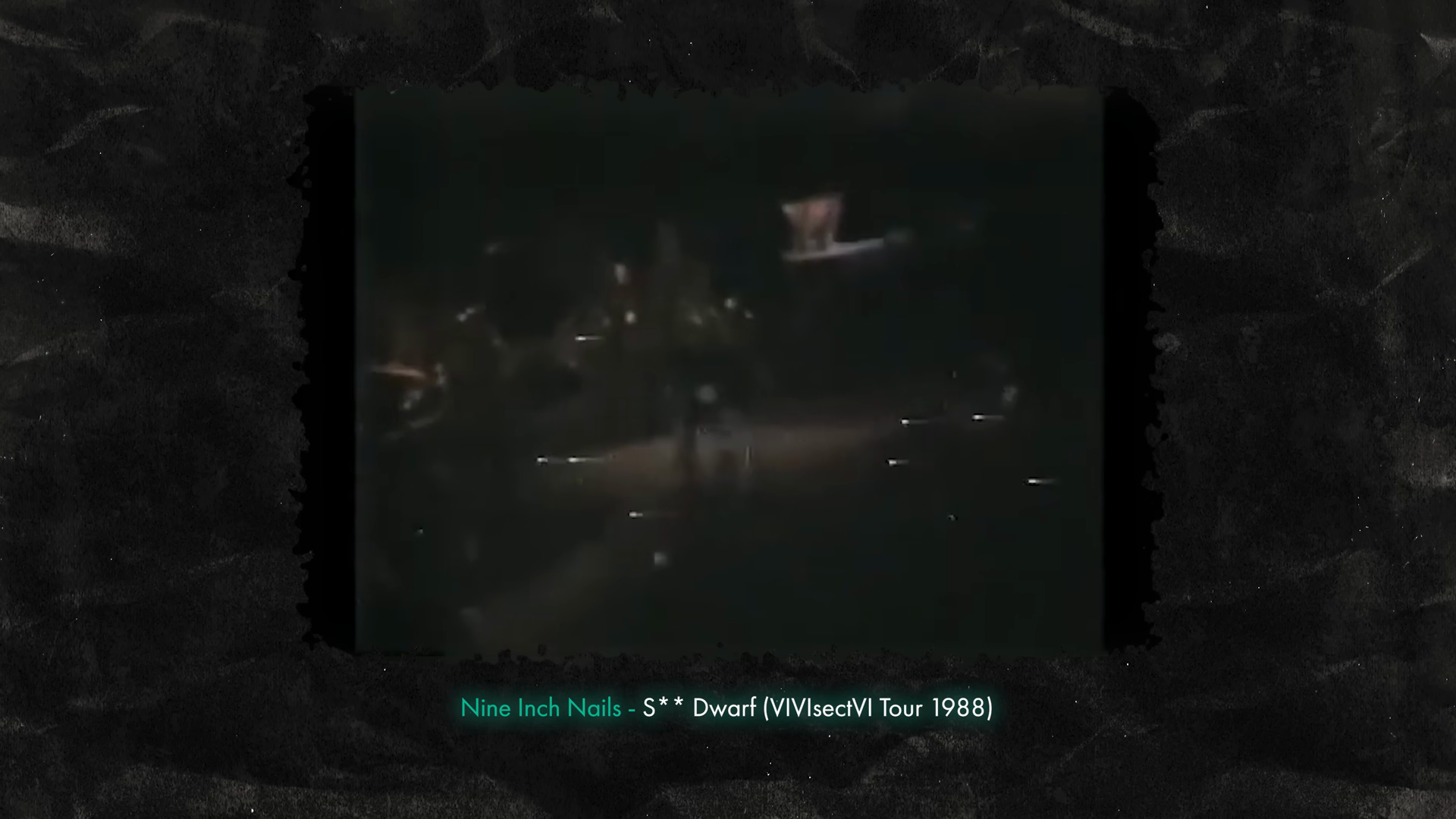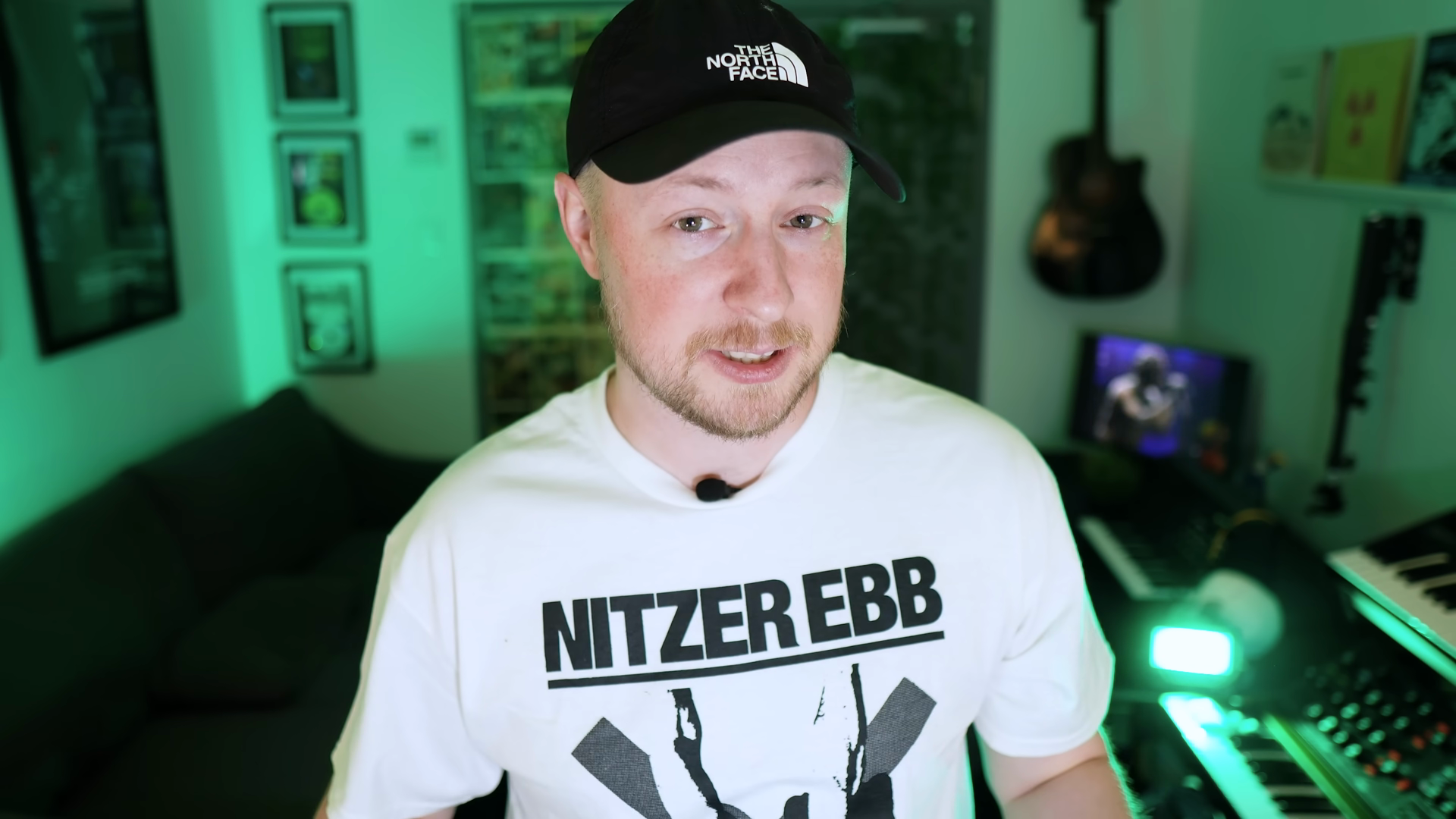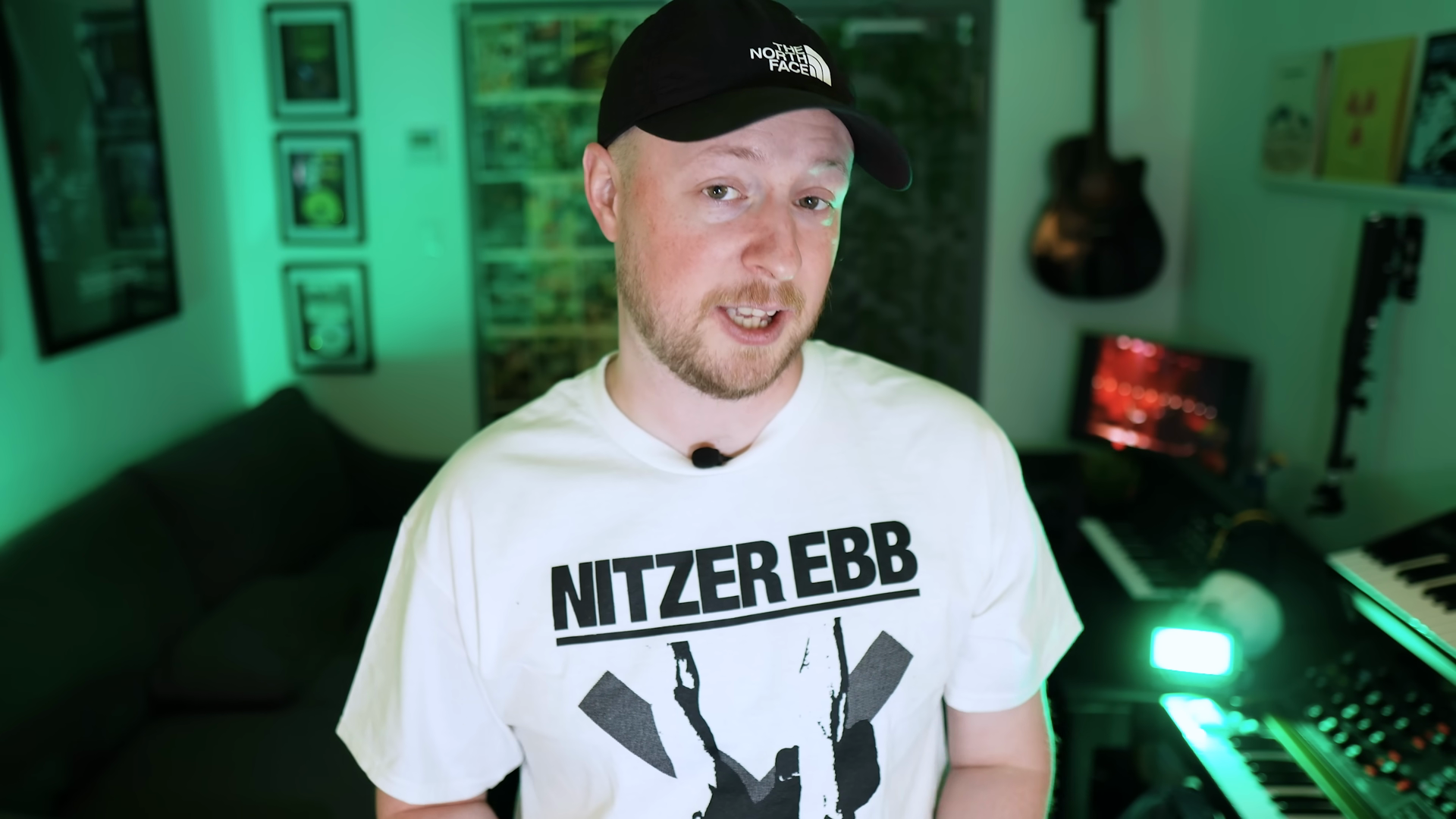Dive into the gritty world of synths behind Nine Inch Nails’ groundbreaking album, Pretty Hate Machine, with Tonepusher. This video dissects the raw power of iconic gear like the Minimoog, Sequential Circuits Prophet VS, E-mu Emax, and Oberheim Xpander. Discover how Trent Reznor pushed these machines to the edge to craft a sound that still shakes the airwaves today.

5. July 2025
JET
Tonepusher Unleashes the Synth Beasts of Nine Inch Nails
E-mu Emax, Minimoog, Oberheim Xpander, Sequential Circuits Prophet VS
Birth of a Sonic Revolution
You’ve heard Pretty Hate Machine, but diving into the mechanics of its creation is like peeling back the layers of a classic punk gig where everything teeters on the edge of chaos. In Tonepusher’s recent video, we are thrown into the gritty birth of Nine Inch Nails. Formed by Trent Reznor in ’88, this industrial giant took shape in the unlikeliest of places – the quiet confines of Right Track Studio. With a defiant sneer at the synth-averse rock bands of the time, Reznor embraced the electronic arsenal to craft a sound that was as raw as a dodgy kebab after a night out. Reznor’s fingerprints are all over this record as he managed to record most tracks himself. It’s a tale of an underdog rising, with Pretty Hate Machine dropping in ’89 like a sonic Molotov in the midst of pop-glossy airwaves.

"The album did well. The critics loved it."
Crafting Chaos Across Continents

"That need for a harder edge didn't just shape the arrangement."
Pretty Hate Machine wasn’t confined to a single studio – it was an album crafted like a mosaic, each piece assembled across multiple global soundscapes. Reznor orchestrated his gritty masterpiece with collaborators like Flood, Keith LeBlanc, Adrian Sherwood, and John Fryer, each adding their own imprint. Flood, initially set to produce the full album, had to side-line his involvement due to prior engagements with Depeche Mode. This shift only added to the eclectic mix, as Reznor juggled sessions across five different studios between the US and UK.
Starting at Synchro Sound in Boston and concluding in the iconic studios of London, every session contributed a new layer to the dark, textured sound. Playing live with bands like Skinny Puppy pushed Reznor to seek a harder edge, demanding his arrangements hit with the force of a phantom punch. This requirement didn’t just influence the live gigs but also seeped into the studio sessions, evolving from raw recordings into something beautifully sinister – a mishmash of pulsating beats and wailing synths that taunted those who ventured to listen.
Oberheim Xpander: The Unseen Beast
When it came to synths, Reznor’s toolbox didn’t hold back. One of the standout machines was the Oberheim Xpander, a synth with a reputation for not playing nicely with others unless pushed into submission. Its presence on Pretty Hate Machine was like an unbridled beast, offering sounds that were anything but the typical warm analog fuzz.
Flood, an architecture wizard of sonic realms, dug deep into the Xpander, exploring its FM capabilities to conjure darker, more estranged tones. Listen to “Terrible Lie” and you’ll hear it roar – a snarling mix of synthetic growls and discordant whispers, articulating the mechanical angst Reznor sought. The Xpander, known for its reliability, became a cornerstone in the album’s facade, a testament to its enduring legacy as a proper geezer that takes no prisoners.
Prophet VS and a Soaked Adventure
Not many synth stories involve rainy days and perilous decisions, but with the Prophet VS in the mix, things took an unexpected turn. This digital wonder introduced vector synthesis to Pretty Hate Machine, blending waveforms with the same chaos you’d find in a pub brawl. Reznor picked the Prophet VS straight off the shelf, circumventing financial woes by skirting a hefty price. Yet, a misstep led to an impromptu soaking of the synth on a rain-drenched journey back home.
What many would consider a costly slip turned golden as the waterlogged quirks added a new dimension to the album’s sound. On tracks like “Kinda Want To,” the Prophet VS’s soaked circuits contributed to the album’s uncanny, yet oddly captivating melody shifts. This serendipitous mishap immortalised the synth under Reznor’s deft touch, solidifying its role as an unsung hero of the record.

"The Prophet got soaked before it even made it home."
The Minimoog and E-Mu Emax: Heroes of Lo-Fi

"Almost every sound is an E-MAX."
While the Minimoog often stole the limelight in synth history, on Pretty Hate Machine it played a more mysterious role. Known for being finicky, this synth beast occasionally rumbled into action, processing signals through its filters like a mad scientist experimenting in the dead of night. Reznor attempted to coax its unpredictable nature, but it was the E-Mu Emax that stole the show.
This sampler became the album’s linchpin, not content to merely play notes but instead transform sounds with a lo-fi grit like sandpaper to the ears. With an almost sadistic delight, Reznor transformed clean synthesised waves into grit-filled anthems, dropping samples by octaves to achieve that unique Nine Inch Nails sound. It wasn’t just about playing notes; it was about mangling them into something fresh. Modern producers often drool at the prospect of such analogue joyrides, but back then Reznor and his band preferred the crummy, crunching noise of the Emax, a true hero for synth lovers with a penchant for the raw.
Latest articles
Watch on YouTube:
https://www.youtube.com/Tonepusher
Links from Tonepusher:
Sponsored links:
If you purchase via these links, we may earn a small commission – at no extra cost to you.
🔗 Check price on Amazon
🔗 Check price on Amazon
🔗 Check price on Amazon